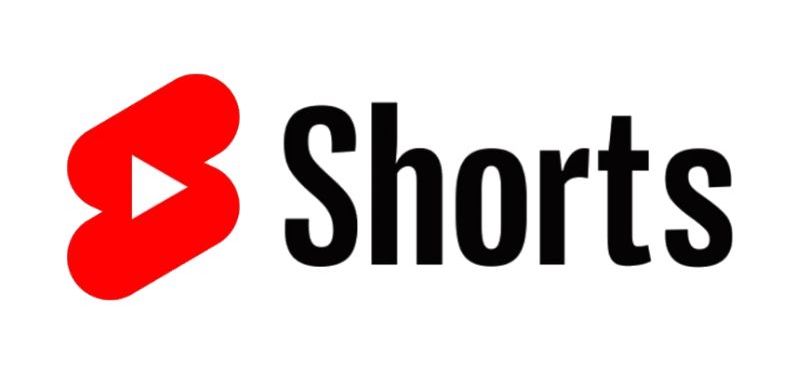
Traffic accidents in cities lower the quality of life and put more stress on the city's infrastructure. In the context of smart cities, more and more data are becoming available that can be used to study the phenomenon in more depth. We propose a process for combining information from different sources, such as road accidents, weather, local government reporting tools, traffic, and the fire department.
[..]
Read more...









